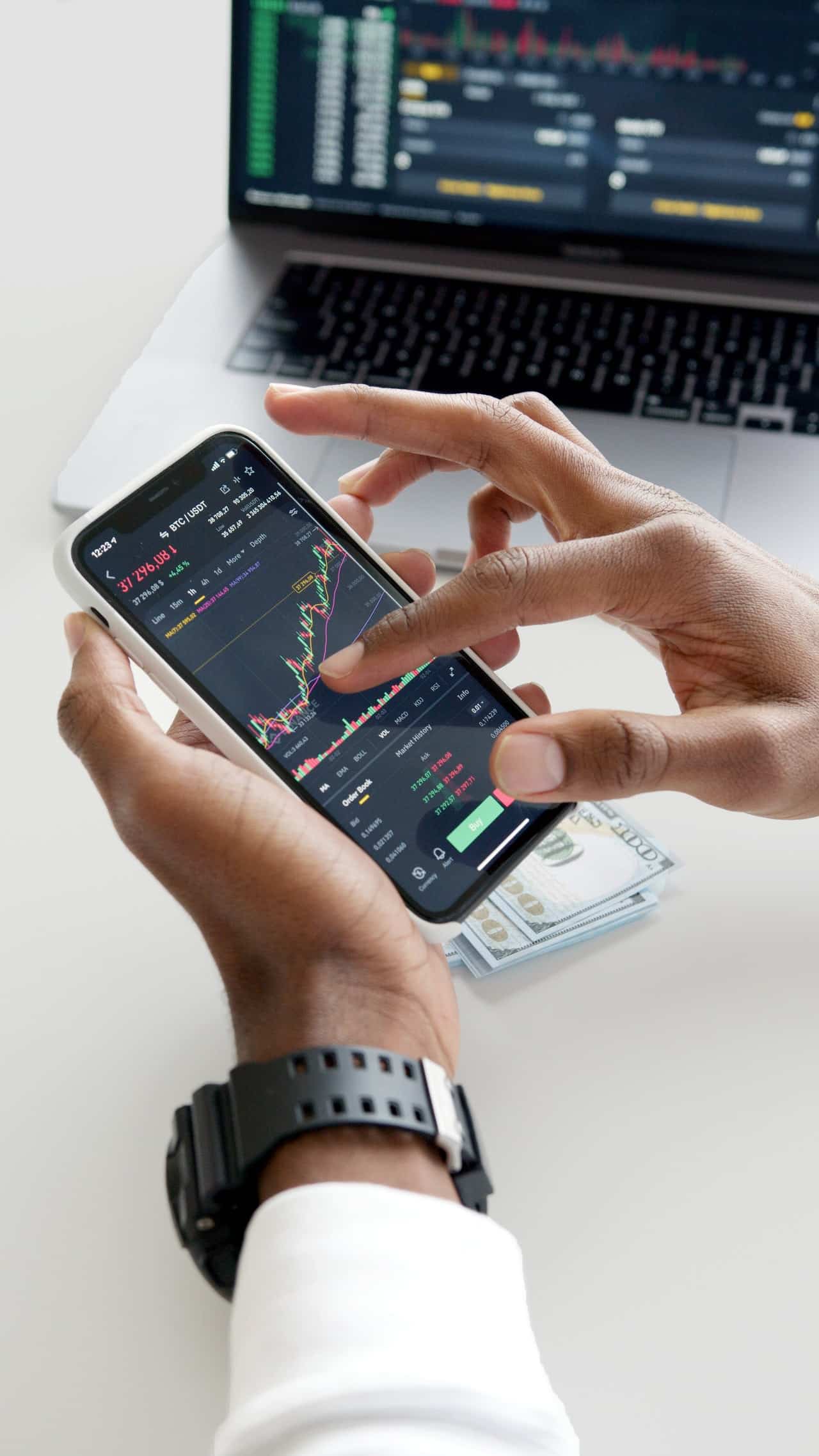With the ever-increasing demand for trading all over the world, today’s traders have access to a variety of tools, analyses, and indicators that help them follow price movements and make profits. One among them is the Renko bricks which are currently used by many traders to make quick judgments.
IMAGE: PEXELS
What Are Renko Charts?
A Renko chart is a kind of chart that is generated from price movements rather than price and conventional time intervals, as is the case with most other charts.
Unlike Japanese candlestick charts, which use price, time, and volume to develop their charts, the Renko chart solely monitors price change and does not include a time component. Renko bricks are always the same dimension, unlike candlestick charts, which contain various lengths of “wicks.”
What Is The Renko Charts Indicator?
To plot a Renko chart successfully, traders will require a Renko charts indicator, which plots price moves using the Renko chart method automatically.
Traditional price charts display price changes in chronological order, with price changes plotted against time intervals. The chart’s y-axis shows price levels, while the x-axis represents time intervals, which can be measured in minutes, hours, days, or weeks.
Because it ignores time and concentrates entirely on price changes, Renko charts differ greatly from this style of pricing presentation. This results in a chart that successfully depicts trends and momentum based on price fluctuations, with each unit of price movement represented by “bricks” or blocks.
How To Use Renko Charts?
To use the Renko chart indicators in trading, the below parameters must be determined by the traders.
Discover Your Personal Trading Style
Different forex traders use varied trading styles: some like breakout methods, while others prefer momentum or a trend strategy. Your choice of a Renko indicator will depend on the type of trading methods used and your trading goals.
Choosing The Right Renko Brick Size
The size of the box decides whether or not a new trend will emerge. Price action would be slower, and entries would be delayed if box sizes were larger. However, if you use a smaller brick size, the sensitivity to price movement will be too strong, defeating the purpose of utilizing the Renko chart. While there is no optimum setting for daily Renko charts, traders sometimes select 1% of the stock price as the setting.
There are two methods for calculating the size of bricks.
Traditional approach
This method employs a predetermined absolute brick size value. Only when the price change is at least as large as the predetermined brick size are bricks created. The advantage of this method is that it is relatively simple, and it is simple to predict when and where new bricks will form.
Moving Averages
Moving averages can be used to signal entries and exits. Since the Renko chart is based on price and moving averages are usually tied to time, you will need to change a couple of settings.
If you want to add a 13-period exponential moving average to the Renko chart, open the Add Indicator menu and choose EMA. Then, change the number of periods to 13, go to Data Source and choose“Close under the Renko. You can learn about the exponential moving average on LiteForex.
Using Renko Bricks To Identify Trends
Renko charts are made up of red or green “bricks” or “boxes” that move in the trend’s direction. A trend typically begins by displaying a reversal box (red to green or green to red) and continues in the same manner for one or more bricks. Once a Renko brick has been formed, it will not change direction until the next one has been formed.
When looking at traditional charts like bar charts or candlestick charts across similar time periods, you may notice that they are generating various trend changes. A Renko chart, on the other hand, will continue in the same direction until a reversal box develops.
Using Renko To Enter And Exit A Trade
When a green brick arrives, it is a simple reason to enter a trade. When a red brick arrives, on the other hand, you will exit your position. Renko charts can be used as a “trigger” to indicate a move in the direction of the primary trend.
However, it is recommended that you wait until at least two green bricks appear before starting the new deal. Similarly, only exit the deal when you see two redbricks.
Using Renko To Predict Events
Renko bricks are used by smart traders to anticipate the result of significant events such as elections, budgets, sports events, and monetary policy, where market noise is at its peak. The market’s direction will be abundantly visible the day before an event. For example, if the election was held tomorrow and you witnessed the last brick become green, you would go long on election day.
Conclusion
Renko charts make reading the market and making quick decisions much easier. These charts are best for day traders, but they may be used by any timeframe trader. Renko charts help traders identify the trend more clearly and understand where the market is actually heading by omitting the noisier elements of the candlestick chart that relate to longer-term trading techniques.
If you are interested in even more business-related articles and information from us here at Bit Rebels, then we have a lot to choose from.


COMMENTS